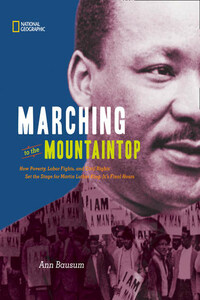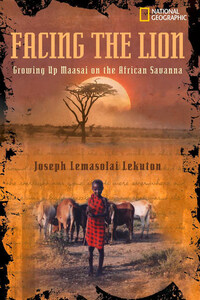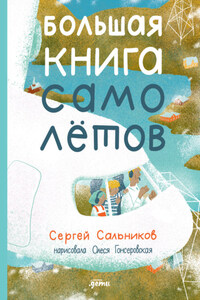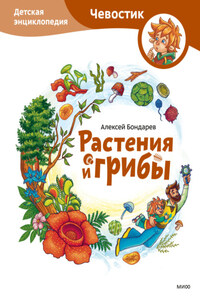With gratitude to Renee Moore, the founder of Solomon Northup Day, who was a tireless resource for us. We also thank the photo archivists at the Alexandria and Baton Rouge campuses of Louisiana State University for their gracious assistance, and the family of Sue Eakin, Solomon Northup biographer extraordinaire.
For the Louisiana branch of the Fradin family—Diana Judith, Michael James, Shalom Amelia, and Dahlia Sol Richard
Text copyright © 2012 Judith Bloom Fradin and Dennis Brindell Fradin
Compilation copyright © 2012 National Geographic Society.
All rights reserved. Reproduction without written permission
from the publisher is strictly prohibited.
Dust jacket design by Eva Absher and David M. Seager
Library of Congress Cataloging-in-Publication Data
Fradin, Judith Bloom.
Stolen into slavery : the true story of Solomon Northup, free black man / by
Judy and Dennis Fradin.
p. cm.
Includes bibliographical references.
eISBN: 978-1-4263-0987-8
1. Northup, Solomon, b. 1808. 2. Slaves–United States–Biography. 3. African Americans–Biography. 4. Plantation life—Louisiana—History–19th century. 5. Slavery—Louisiana—History–19th century. I. Fradin, Dennis B. II. Title.
E444.N87F73 2012
306.3′62092–dc23
[B]
2011024664
v3.1
Version: 2017-07-07
WE FRADINS HAVE WRITTEN DOZENS OF BOOKS together. Researching and writing about the life of Solomon Northup has been both fascinating and inspiring.
Following the Civil War, many slaves wrote about their experiences. Solomon Northup’s narrative, written prior to the Civil War, is particularly gripping. Having previously lived as a free man in New York State, his enslavement seemed all the more bitter. His desire to escape fueled his determination to survive. Solomon drew strength and solace from his music, which allowed him a temporary refuge from his seemingly endless years in Louisiana cane and cotton fields.
Soon after he returned to his wife and family, Northup published his autobiography, Twelve Years a Slave. That book was the source of much of the detail and all of the dialogue in Stolen Into Slavery. Solomon Northup’s memoir, co-authored with David Wilson, reflects not only Northup’s memory of his experiences but also his deepest feelings about them.
Of course, memory can be tricky. Therefore we verified the basic events of Solomon’s life in bills of sale and in court records. But it is Solomon’s interpretation of events that gives us a unique glimpse into that most “peculiar institution,” American slavery.
—Judith and Dennis Fradin
SOLOMON NORTHUP AWOKE IN THE MIDDLE OF AN April night in 1841 with his body trembling, his head throbbing, and a terrifying question in his mind: Where was he? He slowly realized that he was in a dark, dank, foul-smelling dungeon in Washington, D.C. Worse yet, he was in handcuffs and his feet were chained to the floor.
As his head cleared, Solomon managed to slip a hand into his trousers pocket, where he had placed his money and his “free papers” for safekeeping. They were gone! He checked his other pockets and found no trace of the money or the papers that proved he was one of 400,000 “free blacks” in a nation where 2.5 million African Americans were slaves.
“There must have been some mistake,” Solomon told himself. Any second now the two white men he had been traveling with would arrive to free him. But as the night wore on, he began to wonder whether these seemingly friendly men could have betrayed him.
The rising sun revealed that Solomon was in a cell with only one small window covered by thick iron bars. Soon he heard footsteps coming down the stairs. A key turned in a lock, the heavy iron door swung open, and two men entered the room where Solomon was chained.
“Well, my boy, how do you feel now?” asked one of the men, who Solomon later learned was named James Birch.
Solomon, who was 32 years old, wasn’t accustomed to being called “boy,” which was a demeaning way of addressing male slaves regardless of age. “What is the cause of my imprisonment?” Solomon demanded.
“I have bought you, and you are my slave,” said Birch, adding that he planned to send him far south to New Orleans to be sold.
“I am a free man, a resident of Saratoga Springs, New York, where I have a wife and children who are also free, and my name is Northup!” Solomon protested. Furthermore, he vowed, once he was liberated from this hellhole he would prosecute Birch for kidnapping.
Birch was enraged. He called Solomon a “black liar” and insisted that he was a runaway slave from Georgia. As Solomon continued to assert that he was a free black man from New York, Birch ordered his assistant to bring him his paddle and whip. Ripping off Solomon’s shirt, the assistant stood on his chains to pin him to the floor while Birch beat him with the paddle. From time to time Birch paused to ask whether Solomon still claimed that he had been free. Despite the intense pain, Solomon refused to say that he was a slave.














